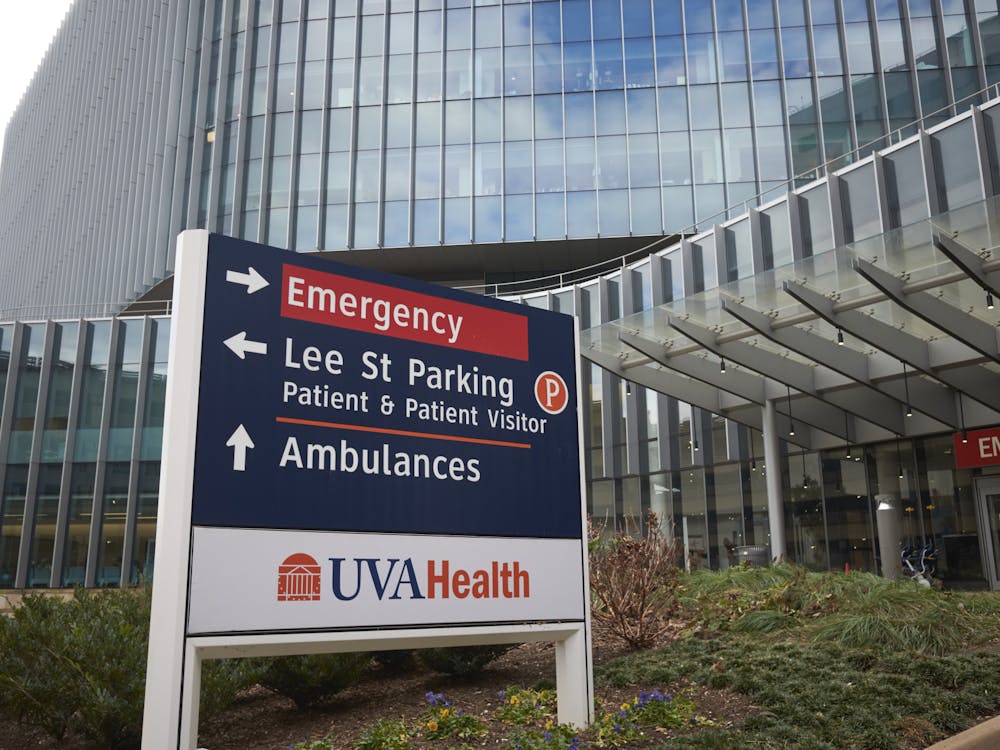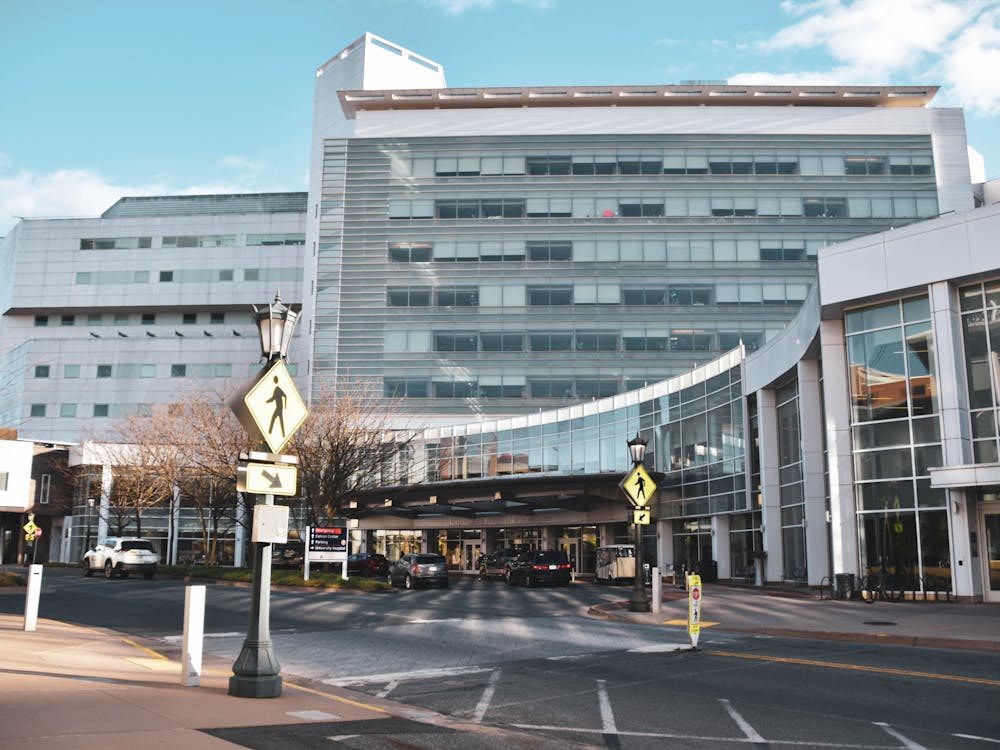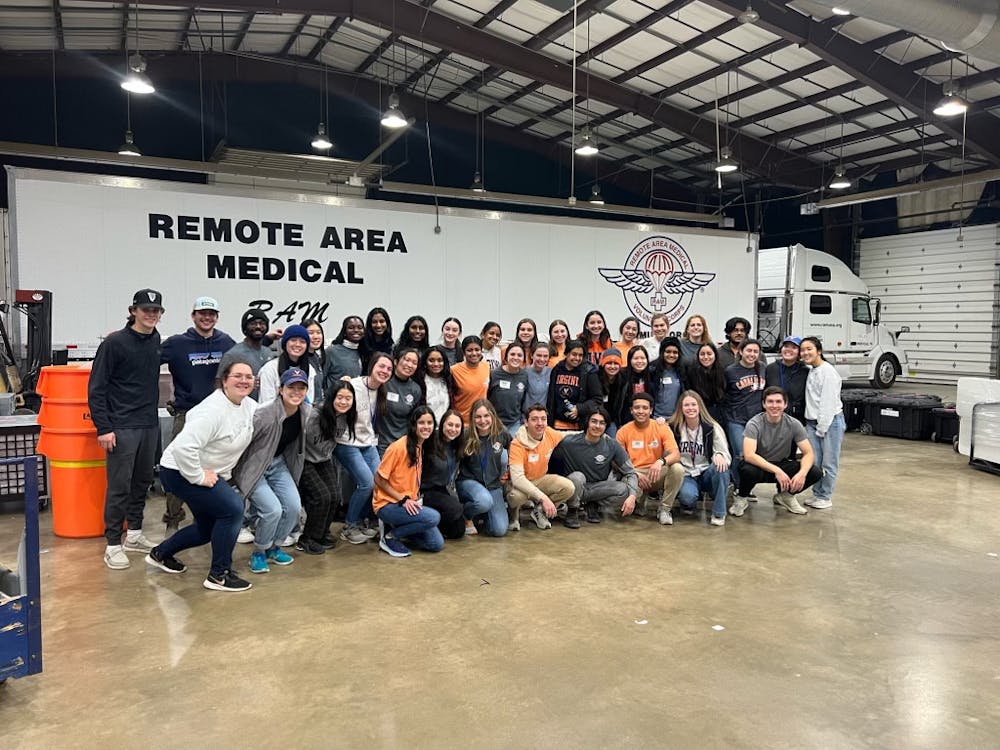In modern medicine, the improvement of drugs, surgical techniques and treatment methods encourage a mindset that almost every condition is treatable.
This is an issue being tackled by Medical graduate student Pranay Sinha, who, along with medical students Chelsea Becker, Hunter Poarch and Susan Murphy, initially participated in the school’s Heart of Medicine program — an initiative to prepare students for cases in which treatment is not possible.
“Often in modern medicine, when providers aren’t able to treat a patient, it is seen as failure, that nothing more can be done,” Sinha said.
Heart of Medicine strives to change this viewpoint. It emphasizes health care providers’ responsibilities to the patient do not dwindle or end when it is determined medicine cannot save them.
“People have different needs at end of life,” Sinha said. “They need to be medically, psychologically and even spiritually cared for, and they need to live with comfort, dignity and humanity.”
Religious Studies Prof. James Childress, who teaches bioethics, said advanced care planning is an important strategy to improve end of life care. This calls for doctors and other health care providers to discuss end-of-life care with their patients earlier in their course of treatment. This facilitates planning and allows patients to make choices.
“If a terminal prognosis is likely, a patient can create a living will, where he or she indicates what they would like to incorporate into their end-of-life care,” Childress said.
Advanced care planning, and by extension improved end-of-life care, requires early and open communication between doctors, patients and nurses, though many doctors find starting these discussions can often be overwhelming. The Heart of Medicine program focuses on helping doctors to overcome this difficulty.
The program is divided into three sessions. In the first, the students were taken to the Fralin Museum of Art.
“We viewed artwork that dealt with themes of death and dying — this was a way to introduce medical students to the grieving process and to help them explore their own empathy and compassion,” said Assoc. Medical Humanities Prof. Marcia Childress, one of the faculty leaders of the program.
In the second session, the students visited the Hospice of the Piedmont to gain a better understanding of hospice care for terminally-ill patients.
In the last session, students practiced end-of-life conversations with each other and with faculty in an environment which provided room for error before venturing into real situations.
Ultimately, Sinha and James and Marcia Childress said they hope end-of-life care will become a significant part of any medical school curriculum, ensuring future health care providers are able to communicate with their patients and peers effectively and are prepared for situations to which the science of medicine does not provide an answer.




